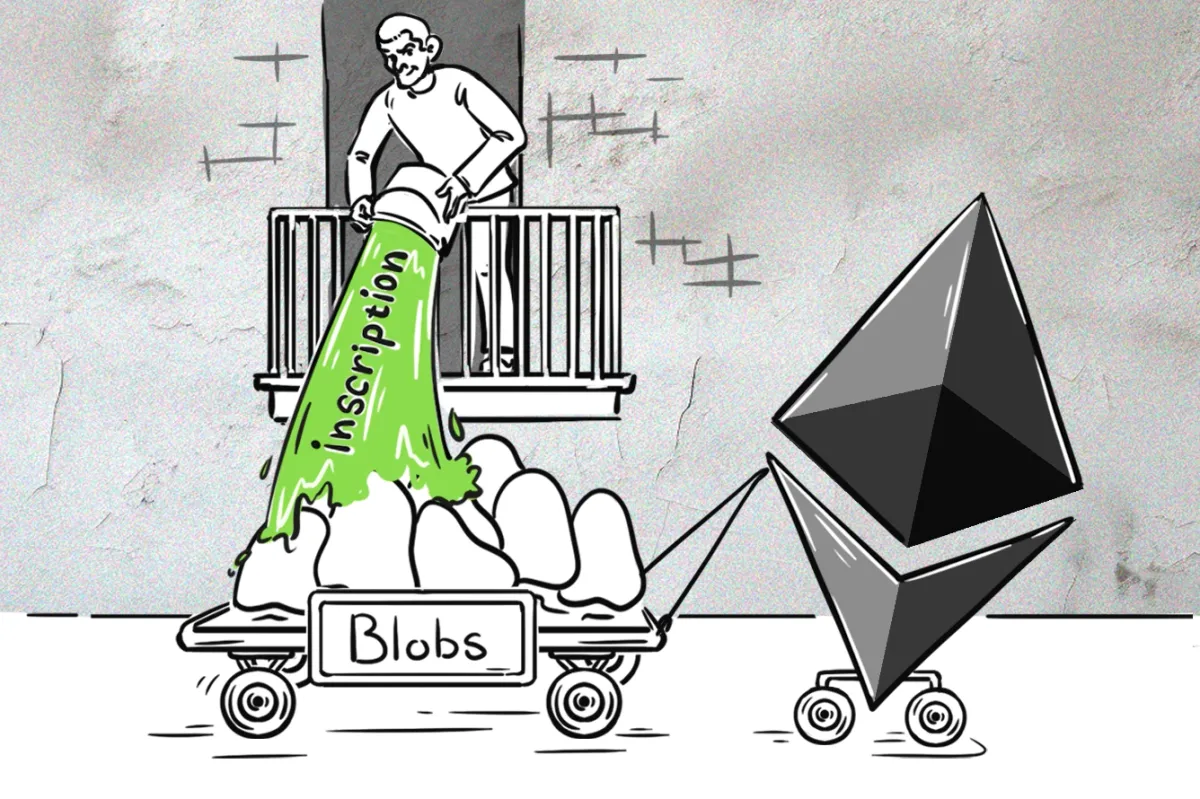
The Ethereum Decun upgrade, along with the introduction of blob-carrying transactions, has had a notably positive impact on both the reduction of Layer 2 fees and the broader adoption of L2 solutions. However, the journey towards the widespread adoption of blob technology appears to be facing more difficulties than anticipated.
The advent of Ethscription, a protocol enabling users to embed a variety of data, from images to text, directly into blobs, has brought about the phenomenon of “BlobScriptions”. This development has driven up the costs associated with blob fees — the required amount for a blob’s inclusion in an Ethereum block.
Inscriptions, which have historically congested networks like Bitcoin and several others, are now beginning to overwhelm blobs. This presents potential challenges for rollups, which have been enjoying a tenfold reduction in fees since the Decun upgrade’s introduction.
Data from ultrasound.money illustrates that “BlobScriptions” have propelled gas fees for blobs from a negligible 1 gwei to peaks of 585 gwei, equivalent to around $18. Though there was a drop to 6.8 gwei, the tally of inscriptions has surpassed 4,500.
Source: ultrasound.money
Dune Dashboard reveals that inscriptions now overwhelmingly dominate the blob space. With the popularity of inscriptions on the rise, the available blob space is likely to become fully occupied, leading to an increase in gas prices for blobs.
Notably, blob data only stays on the Ethereum network for about 18 days before it is removed. However, the Ethscription team announced that they will be storing the data forever, which might help alleviate any concerns. Moreover, they believe there will be enough providers of blob data because Layer 2 solutions use blobs to store transaction data, and there is a strong reason for them to make this data easy for everyone to see and check.
Although the long-term effects of “BlobScriptions” remain uncertain, it is evident that if Ethereum experiences a surge in inscriptions akin to what has been seen with Bitcoin, it could adversely affect network performance. What we can observe from this is the unavoidable cost of decentralization and permissionless design; systems need to be strong enough for the intended use while resisting various dummy uses, such as inscriptions and other vandalisms.

